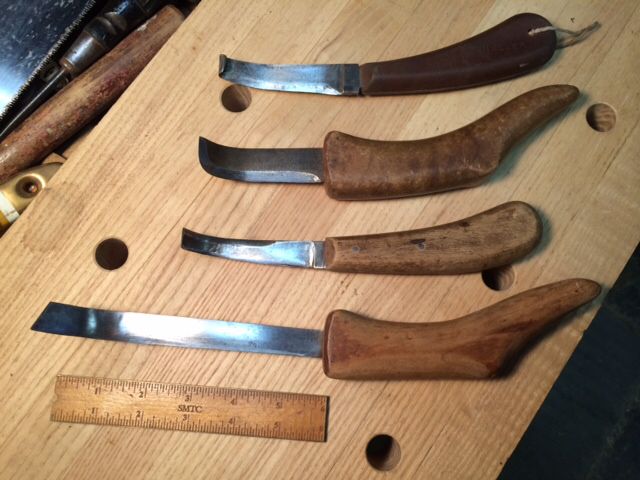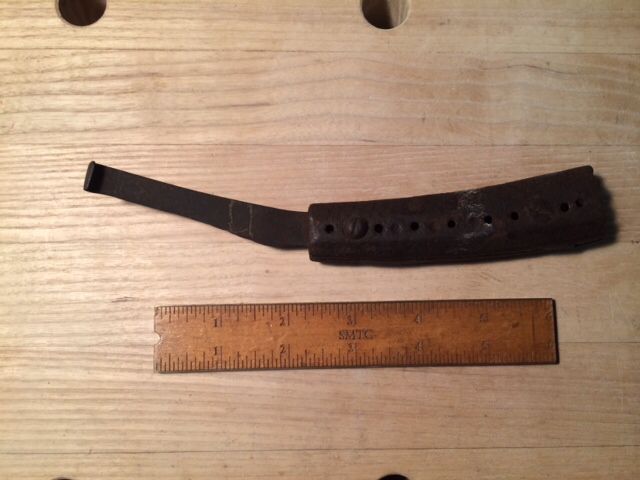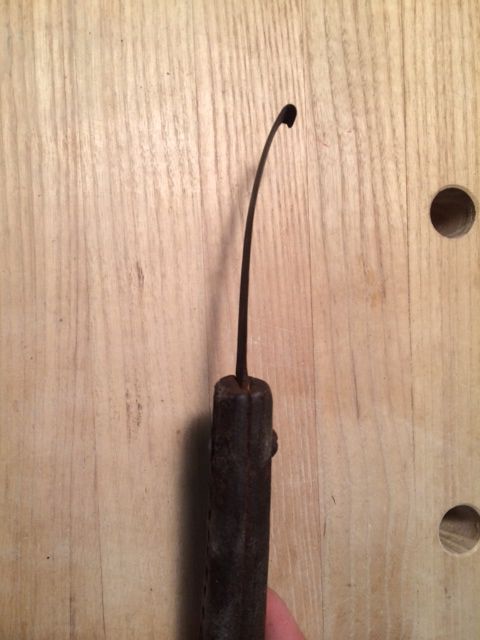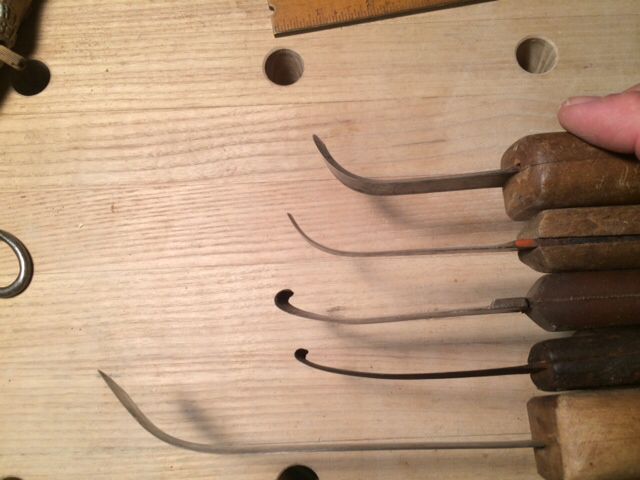The topic was simply intended to be about the minimal tools necessary for a particular bushcraft project--making a paddle. It wasn't intended to criticize any real person who failed to do so, or to suggest that the situation has a high probability of happening to any of us. I'm not a wilderness canoeist, so I don't expect ever I'll ever need to make a paddle. But having spent the past three weeks researching edged tools and bushcraft skills, I'm interested in learning about those skills even if I never use them.
The paddle can definitely be made nicely with an axe and knife, as the articles and videos (which I'd already seen) clearly show. But a crooked knife isn't allowed, nor is an adze, as those aren't part of a usual paddling kit.
A paddle can also be made with just an axe and perhaps some bone scraping knives to help. The following video from 1954 has a bit of a staged appearance, but I assume it's honest. As a survival challenge, three guys are dumped into the water up to their necks near a shore with nothing but their summer clothes and one axe (and a movie camera). They have three weeks to get out. One guy, the bushcraft expert, is an Indian. They start fires, catch fish, make bone knives, snare a rabbit, kill a bear with a deadfall trap, build a birch bark canoe, make two paddles, and paddle out within the tree weeks. They don't show the paddle making technique.
[video]https://www.nfb.ca/film/survival_in_the_bush[/video]
I'm thinking that an expert could make a paddle with just a large knife. The log could be split the same way with wood wedges. The stop notches could be cut with the knife. And the slices could be cut off the log to the various stop notches by batoning the knife. This roughing out might be slow. All the finish carving could be more smoothly done with the knife than an axe. Just a theory. Maybe Ray Mears will read this thread and do it.




